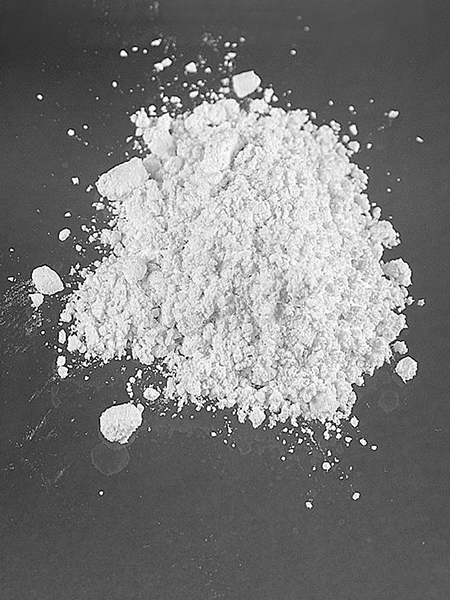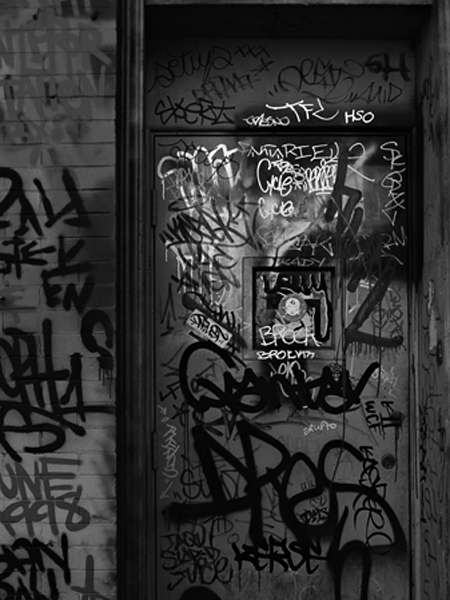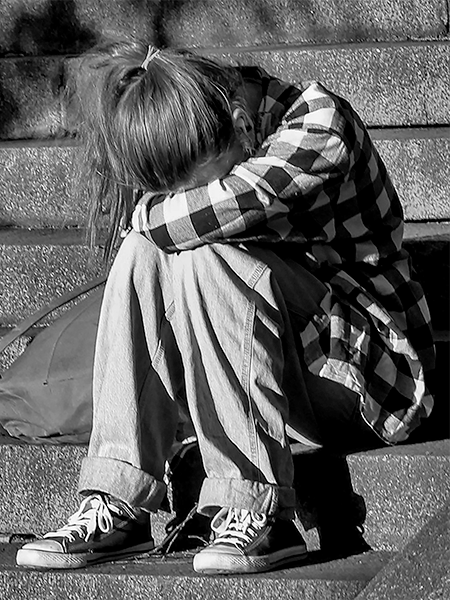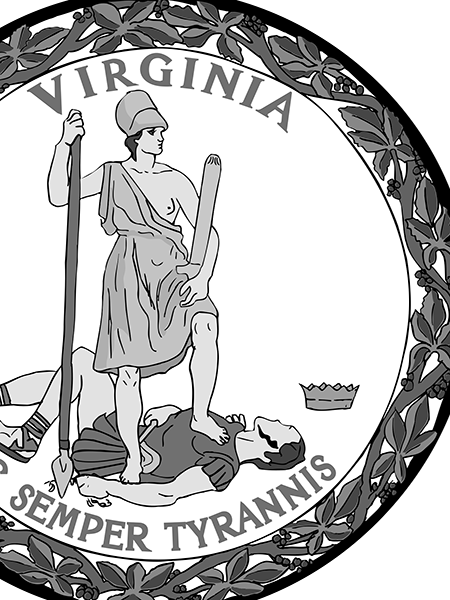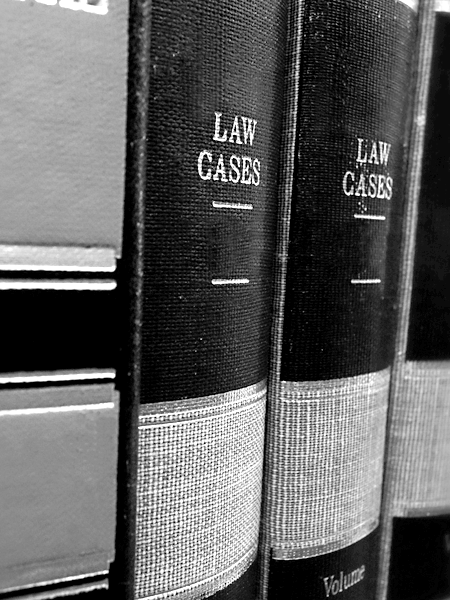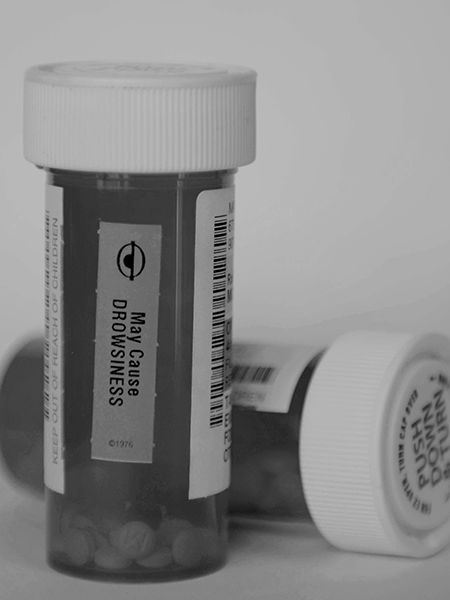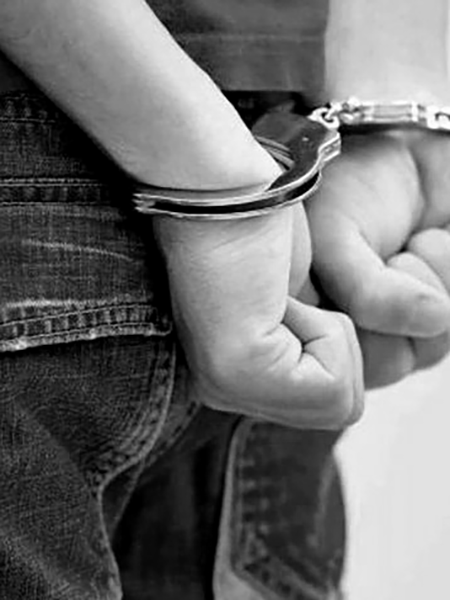Learn about the health risks of using opioids and the penalties for violating laws governing its use.
What are opioids?
The term “opioid” refers to an entire class of drugs that originally derived from poppy plants.
“Opioids” include:
• prescription medications that can be legally prescribed but have potential for abuse; and
• illegally produced substances that have no accepted medical use.
What are prescription opioids?
Pharmaceutically produced opioids are prescription medications that relieve pain. They reduce the intensity of pain signals reaching the brain and affect those brain areas controlling emotion, which diminishes the effects of a painful stimulus.
Medications that fall within this class include fentanyl, hydrocodone (e.g., Vicodin), oxycodone (e.g., OxyContin, Percocet), morphine (e.g., Kadian, Avinza), codeine, and related drugs.
- Fentanyl is a synthetic (meaning human-made instead of found in nature) opioid pain reliever that can come in the form of patches, lozenges, or injection, all of which are used legally in hospital settings or as directed by a doctor to treat severe pain.
- Hydrocodone products are the most commonly prescribed for a variety of painful conditions, including dental and injury-related pain.
- Morphine is often used before and after surgical procedures to alleviate severe pain.
- Codeine is often prescribed for mild pain or other conditions such as coughs.
Prescription opioid drugs have valid medical uses, but they also have a high propensity for misuse/abuse and can be extremely addictive.
Additional information on fentanyl
In the U.S., an average of 22 adolescents age 14 to 18 died each week in 2022 from drug overdoses driven by fentanyl in counterfeit pills, according to a January 2024 New England Journal of Medicine study. Though drug use (except for cannabis) is decreasing overall, the rise of counterfeit drug use has raised the death rate for this group to 5.2 per 100,000. (https:// www.ama-assn.org)
According to the American Medical Association, bystanders were present in two-thirds of those deaths, showing the importance of knowing the symptoms of opioid overdose and how it can be treated. (https://www.ama-assn.org)
In Virginia, there were 2,490 drug overdose deaths in 2022. About eight in 10 of those deaths involved fentanyl, fentanyl analogs, and tramadol.
The Drug Enforcement Administration (DEA) reported that seven out of 10 pills containing fentanyl hold a potentially lethal dose. In 2023, the DEA seized more than 80 million fentanyl-laced fake pills and 12,000 pounds of fentanyl powder, which are equivalent to more than 381 million lethal doses of fentanyl.
One pill can kill you. Learn more at https://www.dea.gov/onepill
How is the use of heroin and fentanyl related to the misuse of prescription opioids?
The use of painkillers (which can be prescribed and then lead to abuse) and heroin/fentanyl (purchased on the street) have similar effects on the body, producing the same “high.”
Why is it a big deal to use opioids that do not come from a doctor?
The following facts highlight why it is a “big deal” to use and abuse opioids:
- Opioids are highly addictive drugs: Tolerance to opioids develops quickly with regular use, so more heroin, fentanyl, etc. is needed to produce the same high. These substances can be injected, snorted/sniffed, or smoked and enter the brain very quickly.
- There is no “cookie cutter” or easily identified user – anyone can become addicted.
- Addiction is painful, powerful, extremely dangerous, and often fatal, and can last a lifetime.
- Health risks to using illicit opioids include fatal overdose, high risk of infections such as HIV/AIDS, collapsed veins, infection of the heart lining and valves, and liver disease.
- Toxic ingredients are usually mixed with heroin or fentanyl and can cause additional health problems.
- When an addict stops using, physical withdrawal symptoms can start in just a few hours. Symptoms include restlessness, insomnia, diarrhea, vomiting, cold flashes with goose bumps, and muscle and bone pain. Major withdrawal symptoms peak between 48 and 72 hours after the last dose and can last up to a week. Depending on your situation, you could be doing this while in jail. Sudden withdrawal by heavy users can be fatal.
- Craving opioids can persist for years after drug use stops. It can be triggered by exposure to stress or by people, places, or things associated with drug use. Withdrawal can last a lifetime.
| Possible Health Effects | |
| Short-term | Euphoria; warm flushing of skin; dry mouth; heavy feeling in the hands and feet; clouded thinking; alternate wakeful and drowsy states; itching; nausea; vomiting; slowed breathing; and heart rate. |
| Long-term | Collapsed veins; abscesses (swollen tissue with pus); infection of the lining and valves in the heart; constipation and stomach cramps; liver or kidney disease; pneumonia. |
| Other health-related issues | Pregnancy: miscarriage, low birth weight, neonatal abstinence syndrome.
Risk of HIV, hepatitis, and other infectious diseases from shared needles. |
| In combination with alcohol | Dangerous slowdown of heart rate and breathing, coma, death. |
| Withdrawal symptoms | Restlessness, muscle and bone pain, insomnia, diarrhea, vomiting, cold flashes with goose bumps (“cold turkey”), leg movements. |
(NIH: National Institute on Drug Abuse from https://nida.nih.gov/research-topics/commonly-used-drugs-charts)
What is an overdose?
An overdose occurs when someone takes too much of a substance. An opioid overdose can cause serious, harmful symptoms, or even death. Opioids slow, and sometimes stop, breathing. If death is not immediate, an opioid overdose can cause blood pressure drop, heart failure, pulmonary edema, and depressed respiration, all of which can also lead to death.
Overdose can also happen when users take more of an opioid than their bodies are used to – possibly because they were recently in rehab and their tolerances are reduced, or because the drugs are stronger than they thought (since heroin and fentanyl bought on the street are illegal, no one regulates their strength or the substances used to cut them).
Signs of an opioid overdose include slow breathing, blue lips and fingernails, cold damp skin, and shaking. It is critical that someone who is overdosing gets immediate medical attention as the person may die if left untreated. Emergency Medical Services (EMS) and police personnel have access to drugs such as Narcan, which can counteract the effects of an opioid overdose. However, Narcan is not always effective.
What is the Good Samaritan Law?
Under Code of Virginia § 18.2-251.03, a person won’t be arrested or prosecuted for for opioid possession under three conditions: first, the person must ask for help in good faith from a doctor, EMT, or police officer and report the overdose; second, they must tell the police who they are when they report it; and third, the police only find out about the drugs or alcohol because the person was getting help or reporting the overdose.
This rule is meant to encourage people to come forward without being afraid of getting arrested.
To be eligible for this “affirmative defense,” the person reporting the overdose must identify themselves as being the one who reported the overdose.
What if an overdose happens in school?
If an overdose happens or is suspected to have happened at a school, the school will notify parent(s) within 24 hours. The notification will include 1) the identifiable features of the drug(s) and 2) whether the overdose or suspected overdose occurred on school property during regular hours or during school-sanctioned activities. (Code of Virginia § 22.1-272.1:1)
How are opioids classified in the schedules in Virginia’s Drug Control Act?
The Virginia Drug Control Act places controlled substances into six categories called “schedules” depending upon the drug’s acceptable medical use and the drug’s abuse or dependency potential. (Code of Virginia §§ 54.1-3445 through 54.1-3456.1).
The schedules are described below. Note that all Schedule I drugs (except marijuana pursuant to a valid prescription and for a limited purpose) and many Schedule II drugs are illegal to possess.
Schedule I drugs have a high potential for abuse with no accepted medical use. Drugs in this schedule include heroin and LSD.
Schedule II drugs have a high potential for abuse and severe dependence, but have a currently accepted medical use. Schedule II drugs include fentanyl, PCP, cocaine, methadone, methamphetamine, and codeine.
Schedule III drugs have less potential for abuse than Schedule II drugs, a potential for moderate dependency and an accepted medical use. Anabolic steroids and buprenorphine fall into this category.
Schedule IV drugs have less potential for abuse than Schedule III drugs, a limited potential for dependency, and are accepted in medical treatment. Schedule IV drugs include Valium, Xanax and other tranquilizers and sedatives.
Schedule V drugs have a low potential for abuse, limited risk for dependency and accepted medical uses. These include drugs like cough medicines with codeine.
Schedule VI includes certain substances which are not “drugs” in the conventional sense, but are nonetheless used or abused recreationally; these include toluene (found in many types of paint, especially spray paint) and similar inhalants such as amyl nitrite (or “poppers”), butyl nitrite, and nitrous oxide (found in many types of aerosol cans; though it is pharmacologically active, it is considered an inhalant). Many state and local governments enforce age limits on the sale of products containing these substances.
What types of drug crimes are covered under Virginia law?
There are three major crimes involving drugs in Virginia: possession, distribution, and manufacturing.
The crime of drug possession occurs when a person possesses any controlled substance without a valid prescription. (Code of Virginia § 18.2-250) This includes prescription opioids discussed above, heroin, and illicit fentanyl.
The crime of drug sale or distribution occurs when a person sells, provides, gives away, delivers, or distributes a controlled substance. (Code of Virginia § 18.2-255)
The crime of drug manufacturing occurs when a person produces a controlled substance without legal authorization or possesses chemicals used in the manufacture of a controlled substance with intent to manufacture.
Code of Virginia § 54.1-3401 contains the following definitions:
- “Sale” includes barter, exchange, or gift, or offer therefore, and each such transaction made by any person, whether as an individual, proprietor, agent, servant, or employee.
- “Distribute” means to deliver other than by administering or dispensing a controlled substance.
- “Manufacture” means the production, preparation, propagation, conversion, or processing of any item regulated by this chapter, either directly or indirectly by extraction from substances of natural origin, or independently by means of chemical synthesis, or by a combination of extraction and chemical synthesis, and includes any packaging or repackaging of the substance or labeling or relabeling of its container. This term does not include compounding.
What are the penalties for opioid crimes?
Crimes involving opioids fall into different schedule violations, and penalties depend on whether the crimes involve possession, sale, distribution, or manufacturing. Heroin is an illegal drug and a Schedule I controlled substance. As stated in the Virginia Drug Control Act, a Schedule I drug is any drug that has a high potential for abuse and no accepted medical use. In contrast, drugs listed as Schedule II through VI have some acceptable medical use and varying potential for abuse or dependency. Fentanyl is a Schedule II drug, as it has valid medical uses, but it also has a high potential for abuse, and the substance’s abuse may lead to severe psychic or physical dependence. (Code of Virginia §§§ 54.1-3445; 54.1-3446; 54.1-3448)
Manufacturing fentanyl is also extremely dangerous, and there are penalties for exposing minors and others to that process. Code of Virginia § 18.2-248.02 makes it a felony punishable by imprisonment for not less than 10 nor more than 40 years when any person 18 years or older knowingly allows (i) a minor under 15 years of age, (ii) a minor 15 years of age or older whom he maintains a custodial relationship, or (iii) a mentally incapacitated or physically helpless person of any age to be present during the manufacture or attempted manufacture of methamphetamine or any substance containing fentanyl.
The table provides a simple overview of possible penalties for opioid use and how it relates to other drugs:
| Violations | Penalties (Code of Virginia § 18.2-250(A)) |
| Possession | |
| Possession of Schedule I or II controlled substance | Class 5 felony – imprisonment of one to 10 years, or confinement in jail for up to 12 months and a fine of up to $2,500, either or both. |
| Possession of Schedule III controlled substance | Class 1 misdemeanor – confinement in jail for up to 12 months and a fine of up to $2,500, either or both. |
| Possession of Schedule IV controlled substance | Class 2 misdemeanor – confinement in jail for up to six months and a fine of up to $1,000, either or both. |
| Possession of Schedule V controlled substance | Class 3 misdemeanor – fine of up to $500. |
| Possession of Schedule VI controlled substance | Class 4 misdemeanor – fine of up to $250. |
| Intent to distribute (Code of Virginia § 18.2-248) | |
| Distribution of, or possession with intent to distribute, Schedule I or II controlled substance | First felony conviction – imprisonment from five to 40 years and a fine of up to $500,000.
Upon a second conviction and other circumstances, the violator must be imprisoned for not less than five years but may suffer life imprisonment, and be fined up to $500,000. |
| Distribution of, or possession with intent to distribute, Schedules III, IV, or V/VI controlled substance | Schedule III: Class 5 felony (Code of Virginia § 18.2-248(E1)). Schedule IV: Class 6 felony (Code of Virginia § 18.2-248(E2)). Schedule V or VI: Class 1 misdemeanor conviction (Code of Virginia § 18.2-248(F)). |
Felony conviction, see Code of Virginia § 18.2-10; misdemeanor conviction, see Code of Virginia § 18.2-11
What if I posses or distribute opioids at school?
The school is required by law to notify local law enforcement when any student has committed certain offenses, including any conduct involving alcohol, marijuana, a controlled substance, imitation controlled substance, or an anabolic steroid and shall immediately notify law enforcement when the offense constitutes a felony. The principal’s decision to report the offense is discretionary when it is not a felony. (Code of Virginia § 22.1-279 and the Code of Virginia § 18.2-255.2 enhanced penalties)
Will I be subject to both school disciplinary action and criminal action?
Code of Virginia § 22.1-277.08 allows local school board policies to provide for the expulsion of any student determined to have brought a controlled substance, imitation controlled substance, marijuana, etc. onto school property or to a school-sponsored activity.
Can law enforcement search for drugs at my school?
Yes. Law enforcement officers may periodically make unannounced visits to any public school for detecting the presence of illegal drugs, such as heroin and illicit fentanyl. Drug dogs are one method that law enforcement officers may use to search for drugs.
What if a law enforcement officer finds drugs in my possession?
The law enforcement officer will confiscate the controlled substance and charge you with possession of a controlled substance in violation of Code of Virginia § 18.2-250. Depending on the amount you have in your possession, the officer may also charge you with the crime of distribution of a controlled substance in violation of Code of Virginia § 18.2-255. Note that “drug possession” is not limited to drugs kept on your person, but may also apply to drugs kept in places that are in your custody or control, such as a car or locker.
There is a “Drug-free School Zone” sign at my school. What does this mean?
“Drug-Free School Zone” is a term used in the United States to denote an area within a certain distance, most commonly 1,000 feet, of the nearest school, park, or other public area. Signs to this effect are generally posted along all public streets at the entrances to such an area. Crimes committed in these zones are often subject to additional penalties.
Resources for those in need
If you or a friend is in crisis, speak with someone now.
- For information on treatment and where to find it, contact your local Community Services Board. (https://vacsb.org/csb-bha-directory/)
- Call the Substance Abuse Treatment Facility Locator at 1-800-662-HELP (4357) or https:// findtreatment.gov/
- For more information on how to help a friend or loved one, visit Treatment Materials for Patients (https:// nida.nih.gov/nidamed-medical-health-professionals/treatment/treatment-materials-patients).
- To find resources for students, visit Substance Abuse and Mental Health Services Administration (SAMHSA) (https://www.samhsa.gov/prevention-week/ voices-of-youth/substance-use-prevention-resources-youth-college-students).
Talk to a trusted adult or school official about any potential opioid use. Help is available!
